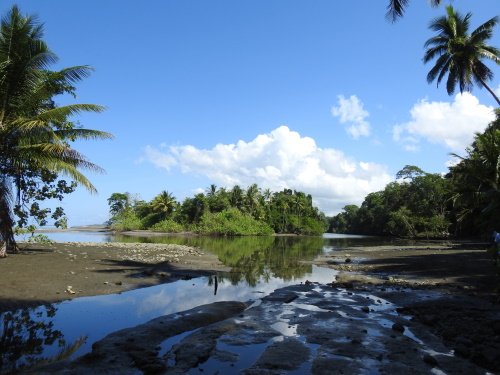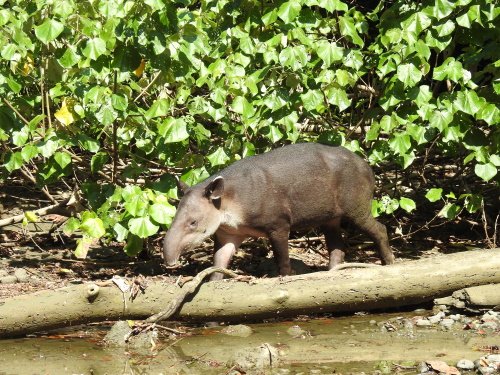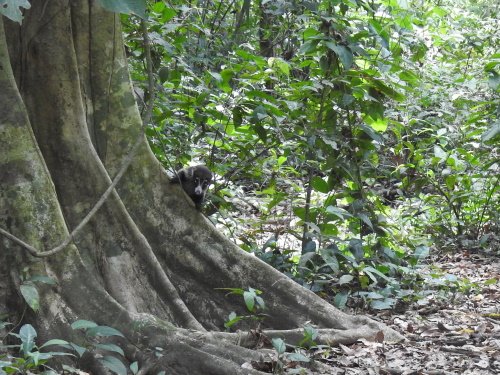First published: Sun 11 Apr 2021.
Els Slots
Corcovado NP
Comments
3 comments
Esteban Cervantes Jiménez (vantcj1)
4 years, 7 months ago (Apr 12, 2021)
Loved this comment. Yes, it is pretty much a place where you see a lot of wildlife easily (of course with the valuable help from a guide), which is not the most usual thing in a wet tropical forest. I had as much luck as you when I went there (to both Sirena and San Pedrillo sectors) in late 2016.
Regarding a WH nomination, as you indicated, it seems totally dead at this point. IUCN's review was ultra harsh on this site (I don't say it for being a Costa Rican, I say it because I have elements to compare to other natural sites, even inscribed) and the government simply chose not to follow thru.
The day you did the hike from Bahía Drake along the coastline, you discussed how much you saw -outside the NP- also a lot of the species that you saw in the park. To me, it is a point to go from this TL to a new one that incorporates the Piedras Blancas NP, the Golfo Dulce FR, the Pejeperro and Pejeperrito wetlands and parts of the Térraba-Sierpe National wetland, maybe Caño island and marine areas, as a probable nomination of most or the whole Osa Conservation Area, which I think might be much stronger, for its ecological continuity and very high biodiversity.
That would have complications according to Costa Rican legislation (Forest Reserves and the Térraba-Sierpe wetland are mostly on private soil, though very preserved, the rest of areas are public and wouldn't pose a problem).
After traveling around the country for decades, I have some ideas of sites that may have OUV, but a Osa Conservation Area nomination is for me a strong contender.
Reply
Jay T
4 years, 7 months ago (Apr 12, 2021)
That’s good background on where Costa Rica is with its tentative list. There are some other natural sites that are pretty small — I wonder what IUCN would have considered appropriate for Corcovado and its surrounding environs. I’m glad you had such success finding animals on your tour!



